Teaching English Vocabulary for Elementary Students by Using Digital Flashcards
Rifdah Hana Setiawan is a student from Islamic University of Indonesia, Yogyakarta. Using Digital Flashcards to Teach Elementary School Vocabulary was her teaching experience during this pandemic. She became interested in online teaching as a result of her use of digital media. Email: 17322024@students.uii.ac.id
Introduction
Teachers can encourage children to study at home for a variety of reasons, including the child's physical condition, inadequate school facilities, or even an environment that does not support the child's own ability. This happened to Elementary students as well. Some Indonesian students did not have sufficient facilities to learn English vocabulary, so a teacher must understand and select multiple methods, techniques, and strategies to facilitate students’ although they wanted it to develop their English literacy. Compared to junior high school or senior high school students, they have a lot of tasks; meanwhile they need guidance because in the early aspects, of course, there's far fewer that would not be that they are still evolving to be autonomous students. Thus, it will be difficult for them if they do all alone to learn independently during difficulty without examples from teachers. This best practice is intended to explain how I have learned using flashcards to teach English online.
Students are also less oriented on the material. It happened to one of the primary school students whose parents have asked me to teach a kid in English. I use an immersive approach to fill this void, which is to use flashcards while learning online. it comes to learning, it's usual for only one student and one teacher to communicate with others. on this best practice is intended to explain how I learned to teach English online using flashcards. Student conducting errands or parents working are examples of some of the activities. To fill this practical gap, I used the Zoom platform to practice home learning with an elementary student. Thus this best practice was explained to an elementary student using flashcards to teach English vocabulary. In addition to improve vocabulary students, the presence of flashcards while learning will catch more lessons and be able to enjoy what is offered to their teachers, fostering fresh memories for elementary school students who of necessity, we all know that vocabulary is still minimal. During the class, the topics that attract the child's attention would be more motivating for the students.
Construct
Teaching English Vocabulary for Children
It is important to teach children's vocabulary because it adds more vocabulary for students and exposes students to new things. From there the students can retain the memory provided to the learning teacher. It is also good enough to influence students in their mother tongue to ac- quire languages and vocabulary, so a teacher must understand and select multiple methods, techniques, and strategies to facilitate students’ vocabulary learning. Children seek curiousity and meaning in what they see people’s language do, and they are using their knowledge and experience to their efforts to understand other’s actions and language (Henry E, 2020). In other words, vocabulary introduces words as well as their meanings, making it easy to learn new words.
What about students' vocabulary lessons using flashcards, then? What sort of role for a teacher? Practically, Flashcards are a set of information containing cards, like words, images, or numbers, used in classroom exercises or in private analysis on one or both sides. Flashcards are a simple functional, scalable, effective, and mostly underexploited tool and seems to be a useful tool for promoting autonomous learning for students. Of course, the teacher's role introduces objects which use Flashcards to contain vocabulary. It will help teachers to encourage during the class, in addition to remembering items for students.
Previous best practices of using flashcards to teach vocabulary
Children can quickly follow what is taught with the flashcard. As an instructor using flashcard media, on my side, it can also be productive in delivering a new vocabulary and not having to drain costs and save time during output. An expert inferred, as quoted by Teng & He (2015), Teachers can assist students gain autonomy in three ways by utilizing flashcards: To begin, children should learn how to choose words. They can choose which words to study, which is important for learners because Young learners are likely to achieve more words than they can retain in a short time.
There are some instructional designs for teachers who want to make use of flashcards as their learning media. As stated by Teng & He (2015), Teachers can guide students by picking terminology in the instructional design. they can identify their own words for learning, since EFL students are inclined to face more words than they memorize in a brief period of time, it would be very necessary for learners. The next one, as experienced by Pimada, Toba & Rasyidi (2020), the instructional design of using flashcards is displayed in the table below:
Table 1.
Instructional Design of Using Flashcards in Teaching Language
|
Stage |
Practices |
|
Introduction |
The teacher gave an overview of the material to be conveyed and gave simple questions related to the material to be conveyed. |
|
Core Activity 1 |
The teacher introduced the words that were difficult to be pronounced by listening to them, then asked the students to repeat the words together. Then, the student repeated again and the teacher wrote words on the board and the teacher displayed the pictures of the things spoken so that the students understood the meaning of the things pronounced and pasted the pictures as the writing on the board. |
|
Core Activity 2 |
The teacher asked students to prepare some stationery (notebook, pencil, and eraser). The teacher distributed flashcards to all students and asked them to write on their books as the letters or words on the flashcard |
|
Core Activity 3 |
After all students had finished working, the teacher asked a representative of some students to come forward and rewrite on the board as written on their notebook. If there was an error, the teacher asked the other student to rewrite the correct one as the form of joint correction, then the teacher explained the location of the error occurred by showing the flashcard that matched the desired answer. |
|
Closing Activities |
These activities consisted of reinforcement, reflection, and evaluation activities before the lesson ended. The teacher explained again the essence of the material delivered directly or by asking some light questions to the students, then answered by the students simultaneously. For reinforcement and evaluation material, the teacher gave exercises to be done by the students at home by distributing some flashcards and asked the students to rewrite on their notebook as what has been distributed, then conveyed that their work would be corrected on the next meeting. Then, the teacher ended the lesson by praying together. |
Based on the observation that I implemented into this thesis using digital flashcards, it makes it easier for young learners with notes that they must include engaging pictures in order for the child to memorize the language. The student was instructed to learn how to use digital flashcards for this task, and then asked to understand what they had previously learned by reading together one by one.
Implementation
The implementation of teaching English by using flashcards were designed by referring to the best practices of Pimada, Toba & Rasyidi (2020). I taught a male student of first grade, Eden.
Table 2.
The Instructional Design of using Flashcards for teaching English Vocabulary
|
Stages |
Practices |
|
Introduction |
I greeted my student, Eden, to say good evening. I asked him to pay attention to me & I shared my screen to display my PPT. I let him brainstorm his prior knowledge about the learning topic in bahasa Indonesia. |
|
Core activity 1 |
I invited him to spell the animals at the powerpoint together, started from me and he just mentioned what I've said. |
|
Core activity 2 |
I introduced a quizlet to Eden for more vocabulary about animals, the introduction is still the same as the first activity. |
|
Core activity 3 |
Last but not least, I gave him a video full of animals. luckyly, he attracted with the last activity, he enjoyed alot with the video and music at the background |
|
Closing Activity: reinforcement |
He enjoyed about activity which repeating a word spoken by me |
|
Closing Activity: reflection |
In fact the use of digital flashcards in early childhood is not very productive, such as Eden, he tends not to be able to focus because the picture is less interesting. eden prefers learning videos on youtube |
|
Closing Activity: Evaluation |
I tried to find more videos of animals for kids on youtube. |
Based on the instructional design above, I would share the details of my practices in using flashcards to teach English vocabulary.
Meeting 1
“ Ms Hana, I will take my Thomas toy first”
On the first day of my teaching practice, I had planned a PPT presentation. It included various flashcards that I got from quizlet.com and from youtube videos. According to Smith (2008) flashcards should be a simple functional, scalable, effective, and mostly underexploited tool and seems to be a useful tool for promoting autonomous learning for students. Thus, I did not choose complicated flashcards. I chose simple and clear ones. The sample of flashcards are presented below:
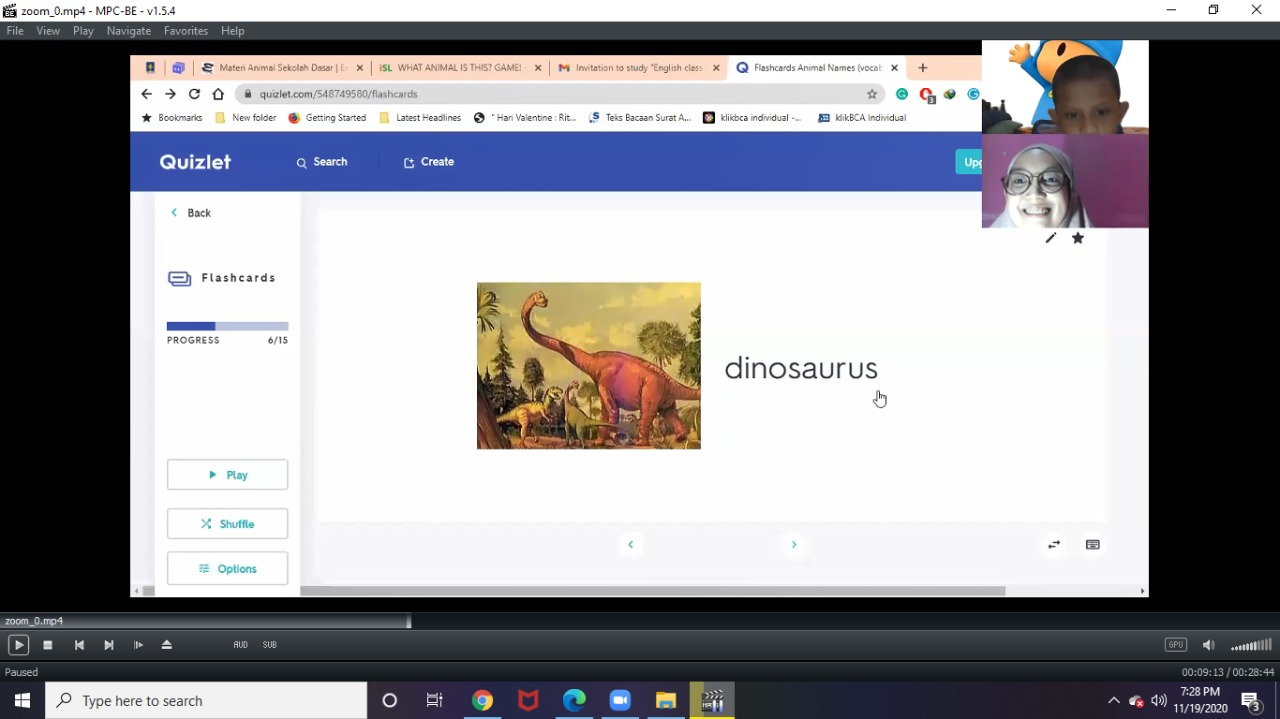
Figure 1. Flashcards from Quizlet
The topic today was about the vocabulary of animals. Eden gets acquainted with me first and then shows him his favorite things and even pretends to draw my interest by reading books. Echoes. Then I began spelling animals one by one with the new ppt. Eden, though, focuses not on the top- ic of learning but on the image in ppt, then proceeds to the quizlet with pictures and animal words, but still, Eden was not too involved in multimedia flashcards. I then began spelling one by one
animals with current ppt for the final then. But the attention of Eden was still not on the topic of learning but on the picture in PPT. I then switched to playing a YouTube video and apparently, the pictures were wider and clearer. I finally could get his attention and we started to pronounce the animals together. Our engagement was presented in the Zoom screenshot below:
The Instructional Design of using Flashcards for teaching English Vocabulary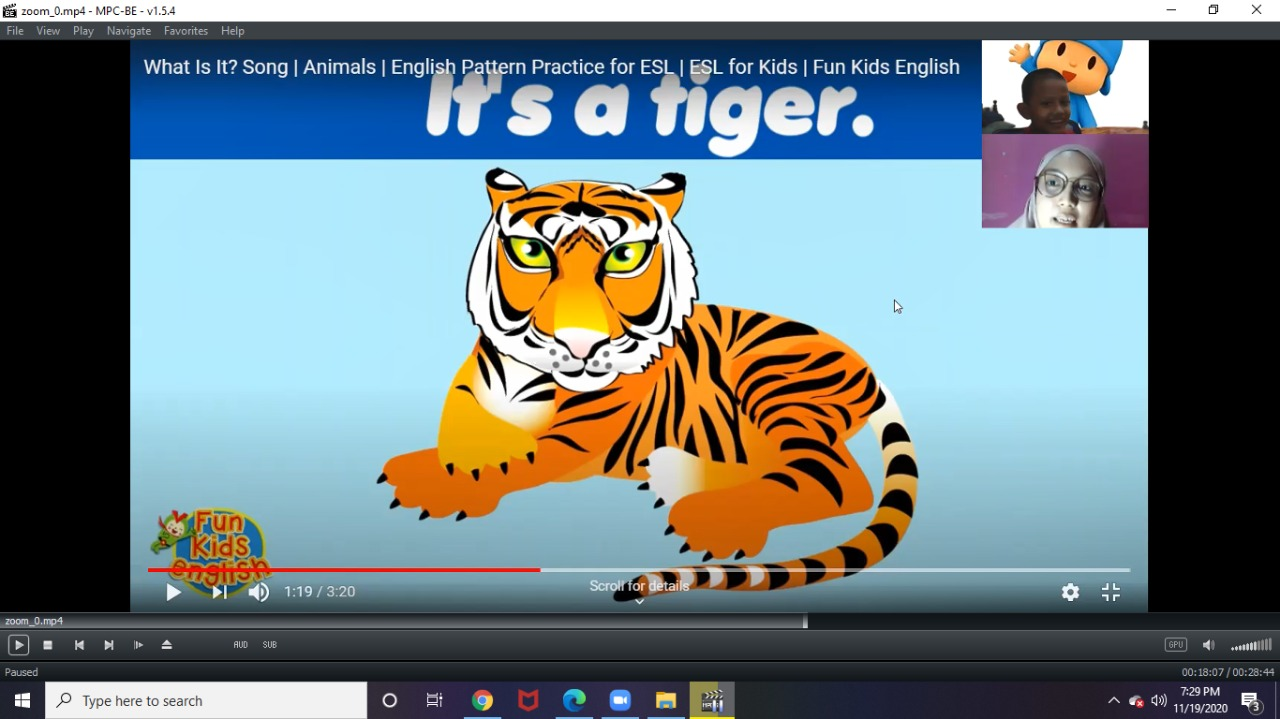
Figure 2. Figure 2. The Instructional Design of using Flashcards for teaching English Vocabulary
From the picture, it showed that an animal’s name is tiger and Eden describes how the sound of a tiger is. Then I explained some terms that Eden could pronounce, then put the word in a phrase like the illustration in the picture, "it's a tiger". Keeping it that way right up to the final clip, I tried to repeat it to Eden after understanding it until it grasped the lessons we were learning about animals in general.
Meeting 2
“*spelling* an-ni..nimation”
“*still spelling* A-I-M...A-N-I-M-G..animal names”
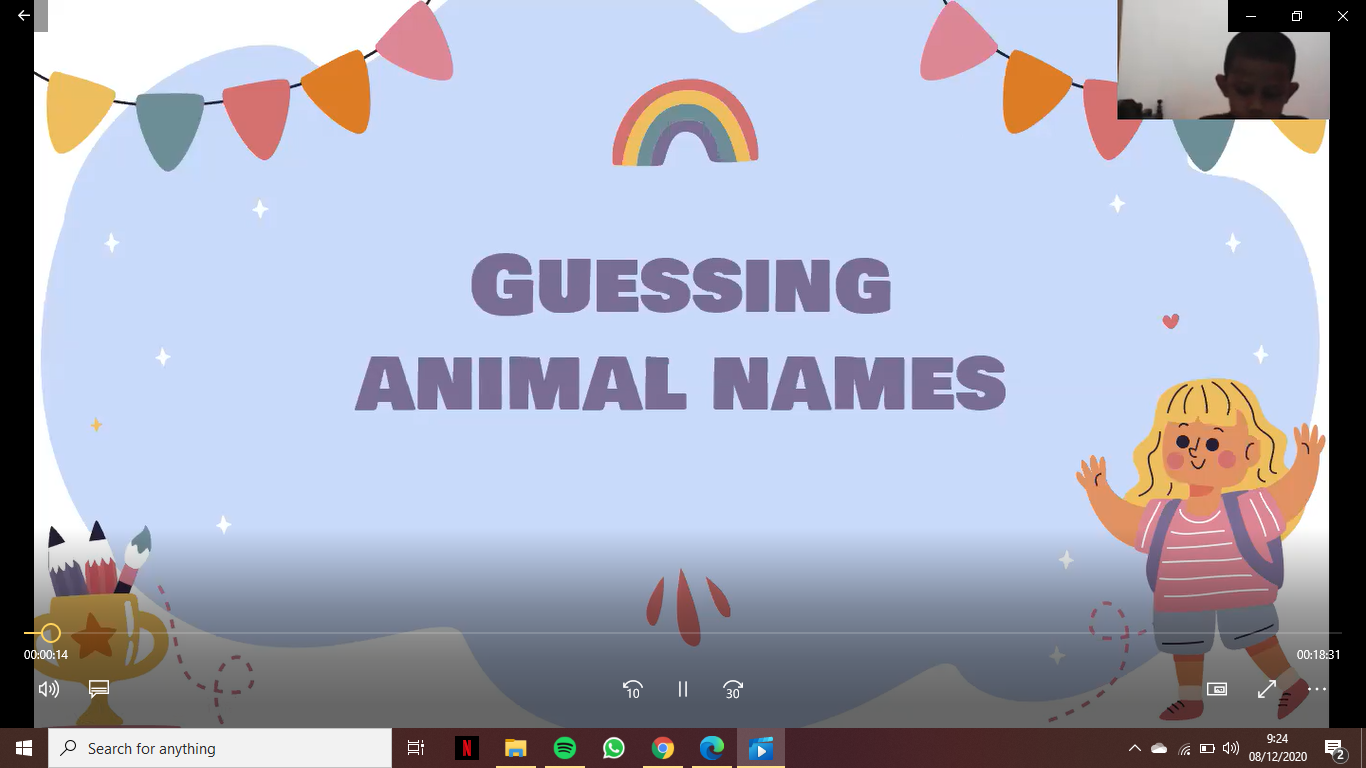
Figure 3. The Instructional Design of using Flashcards for teaching English Vocabulary
On the second day, starts by opening ZOOM again then placing the PPT material I gave for Eden in it. First, I was a little tough, but because the PPT I made was pretty interesting. Finally, Eden became able to see more, as a media position instructor for young learners is a very significant point in teaching because during the process of learning time in addition to teachers, so not exhausted learners often do not feel bored. as cited by Meyer, Rose, & Gordan( 2014) A structure for maximizing teaching for all learners should be provided by teachers. I began teaching spelling on the title mentioned after that activity, steadily following Eden's spelling of me as the teacher, Lessons continue until the word mentioning the names of animals one by one which was previously studied. Eden is familiar with the lessons I taught the day before and he even said it right, although it still needs guidance. Like the image that I pinned below:
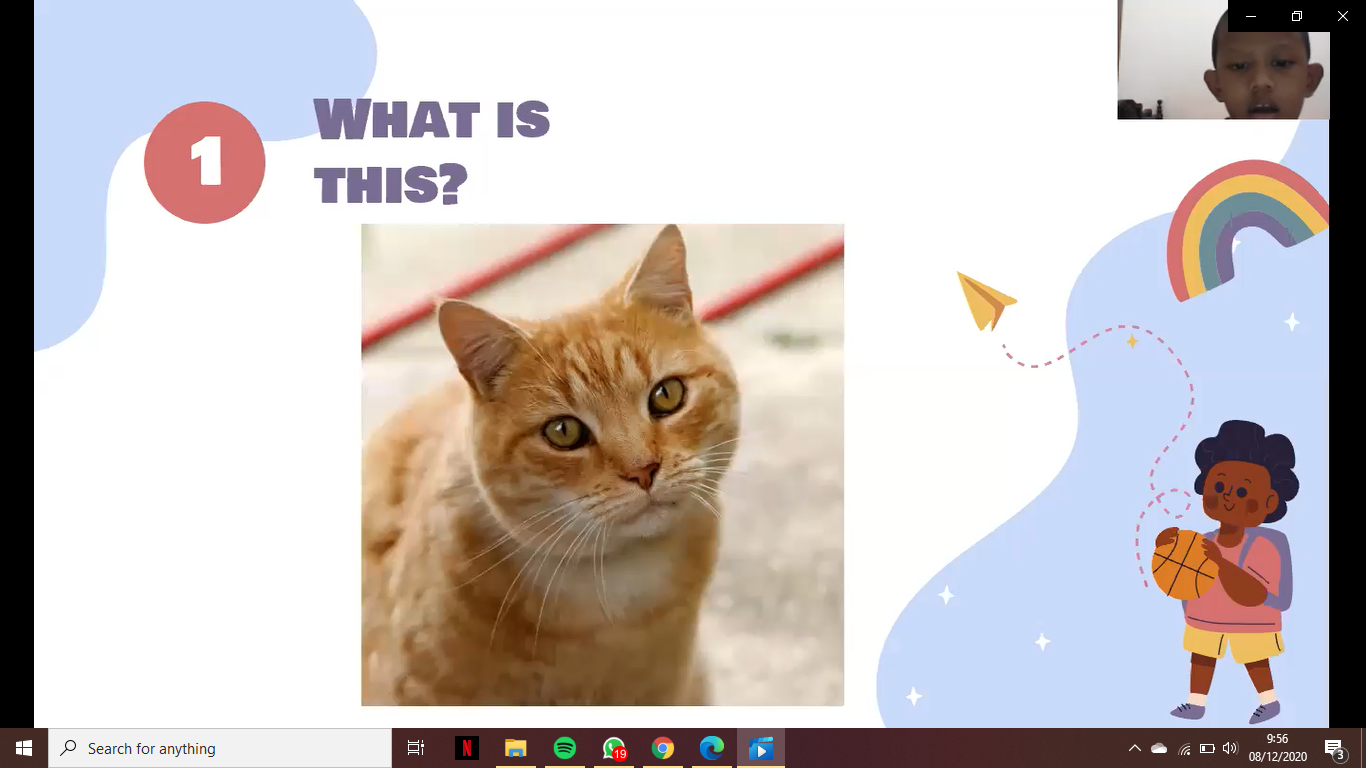
Figure 4. The Instructional Design of using Flashcards for teaching English Vocabulary
Eden spelling the animal found in the photo captured in the screenshot in ppt. Eden is very excited when I look at the YouTube page in the open, then I showed a video about animals on the farm, for the first activity like that before it is over, then go through the activity that tells the story with the video described on YouTube. Before that, I asked Eden “have you ever met an animal before on a farm?'' and he said yes with his innocent answer. Eden tracks what animals are on the farm when he enters the video, according to the video I put bellow:
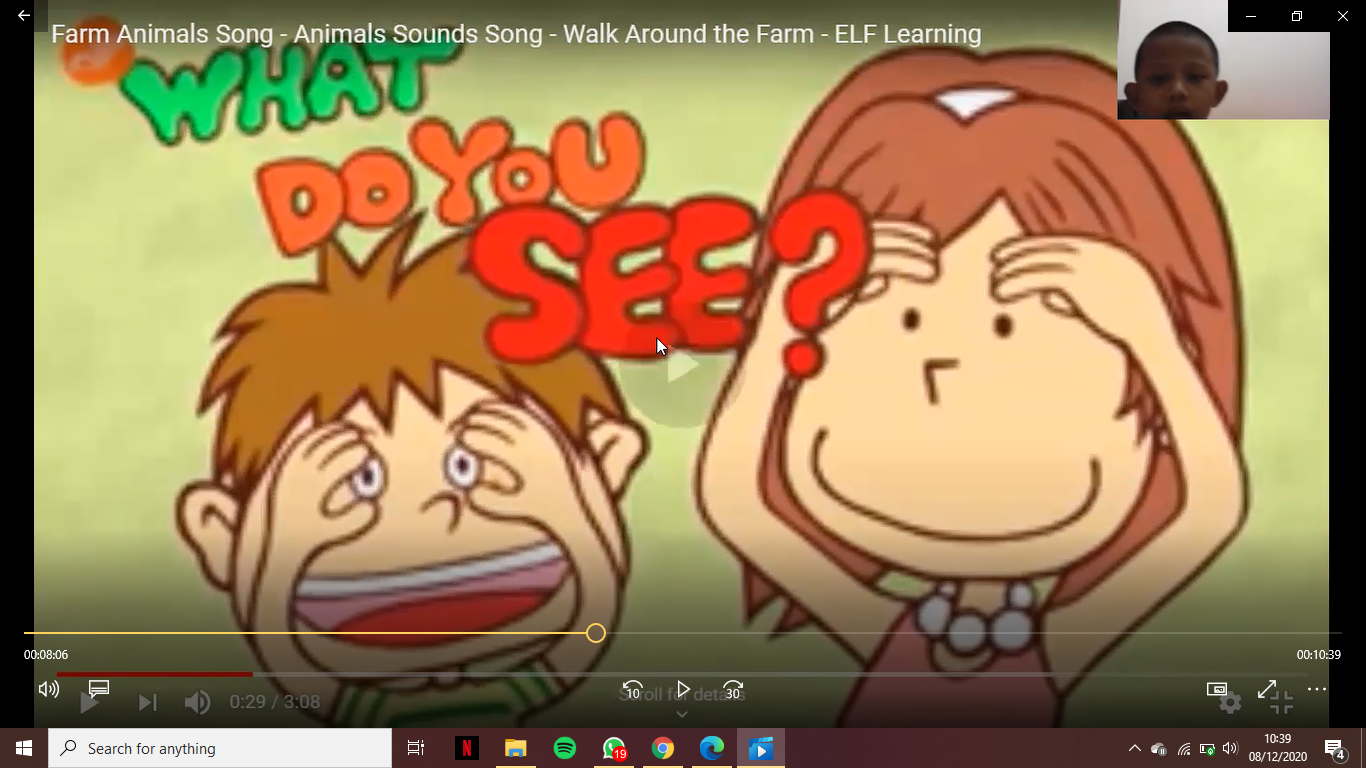
Figure 5. The Instructional Design of using Flashcards for teaching English Vocabulary
From the picture, Eden already recognizes and interacts in every video he runs, and in his english vocabulary, he even discusses several new things. although it had to be replaced with a lot of Bahasa, before the video tale ran out, Eden was quite passionate.
Table 3:
The Instructional Design of using Flashcards for teaching English Vocabulary
|
Stages |
Practices |
|
Introduction |
I greeted my student, Eden, to say good evening. I asked him to pay attention to me & I shared my screen to display my PPT. remind him with what we have learned before |
|
Core activity 1 |
I invited him to spell the animals at the powerpoint together, in this time i just gave him 3 slides of my PPT |
|
Core activity 2 |
I invited him to knowing about animal in farms |
|
Core activity 3 |
Last but not least, I gave him a video full of animals. luckyly, he attracted with the last activity, he enjoyed alot with the video and music at the background again. in this time the video was included with the story. |
|
Closing Activity: reinforcement |
He enjoyed about activity which repeating a word spoken by me |
|
Closing Activity: reflection |
I tried to be more colorful because Eden prefers more colorful |
|
Closing Activity: Evaluation |
I tried to find more videos of animals for kids on youtube. |
Table 4:
Teaching Reflection- of Instructional Design by Using Digital Flashcard for Teaching English Vocabulary
|
|
Teaching Reflection |
|
Introduction |
Eden is quite active and also quite engaged in asking questions, so the beginning was quite a challenge for me. |
|
Core activity 1 |
Eden was initially entranced, but due to the
small picture, his enthralment faded. |
|
Core activity 2 |
Eden was invited to say the following word, but he quickly turned bored. As a teacher, i introduced him a video on
Youtube who related about vocabulary for |
|
Core activity 3 |
|
|
the example; Animal in the Farm. |
|
Closing Activity: reinforcement |
Eden enjoyed to repeating with following word about vocabulary at farm |
|
Closing Activity: reflection |
As a result, I decided to replace it with some- thing more vibrant and appealing to Eden's eyes. |
Conclusion
Based on my implementation, it can be stated that a suitable form of flashcard for elementary school students is one that offers a many of advantages, such as; that of the picture should be big and colorful, and that of the writing or alphabet should be centered. This is in order to make them focus.
References
Pimada, L. H. (2020). Learning of Imla’ Using Flashcard on Writing Skill at Islamic Elementary School in Samarinda. Izdihar : Journal of Arabic Language Teaching, Linguistics, and Literature, 3(1), 1-16. doi: https://doi.org/10.22219/jiz.v3i1.11682
Smith, T. B. (2008, maret). Teaching Vocabulary Expeditiously: Three Keys to Improving Vocabulary Instruction. The English Journal, 97(4), 20- 25. doi:https://www.jstor.org/stable/30047242
Teng, F., & He, F. (2015). An Example of Classroom Practice Using Flashcards forYoung Learners:Preliminary Indications for Promoting Autonomy. Studies in Self-Access Learning Journal, 382-398.
Henry E, T. (2020). An Evaluation of the use of Flashcard for Teaching Vocabularity Kindergartens in Sintang. Journal of Education, Teaching, and Learning, 5, 388-392.
Please check the Pilgrims f2f courses at Pilgrims website.
Please check the Pilgrims online courses at Pilgrims website
Lessons Learnt Using Book Clubs to Teach English and Literature
Geoff Hardy-Gould, UKTeaching English Vocabulary for Elementary Students by Using Digital Flashcards
Rifdah Hana Setiawan, Indonesia